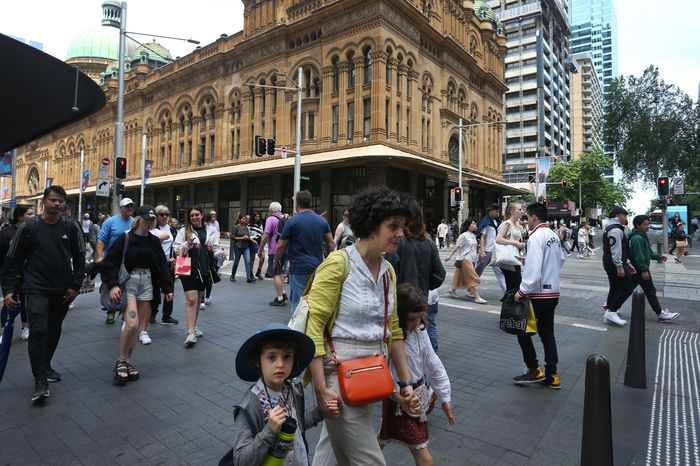Australia’s consumer inflation surged unexpectedly in April, hitting a five-month peak due to spikes in petrol, health, and holiday expenses, suggesting that interest rates would remain stable, Reuters reported on Wednesday.
According to data from the Australian Bureau of Statistics, the monthly Consumer Price Index (CPI) rose to 3.6 per cent annually in April, surpassing both March’s 3.5 per cent and market predictions of 3.4 per cent.
Core inflation, measured by the trimmed mean, also rose to 4.1 per cent annually, while CPI excluding volatile items held steady at the same rate. Despite the inflation uptick, the market response was subdued.
According to Reuters, the Australian dollar nudged up by 0.1 per cent to $0.6657, while three-year bond futures dropped further to 95.93. Market sentiment hinted at a 20 per cent chance of a quarter-point rate hike in September, yet expectations for any rate cuts were pushed further into late 2025.
The April inflation report, skewed towards goods in the first month of the quarter, overlooks price changes in services, which tend to be more stable. Despite heightened inflation risks, the RBA remains cautious about policy adjustments, preferring to avoid excessive fine-tuning.
Government relief measures, including electricity rebates and rent subsidies, are expected to mitigate cost-of-living pressures in the coming months. However, the influx of government stimulus may also fuel spending and inflation, prolonging the RBA’s wait-and-see approach.
In April alone, CPI rose by 0.7 per cent month on month, driven by surges in clothing, footwear, and health expenses. Holiday travel and accommodation costs also increased by 4.6 per cent, reflecting heightened demand during Easter and school holiday periods.
Since May 2022, the RBA has raised rates by 425 basis points to 4.35 per cent, but has maintained stability in recent meetings amid cautious consumer spending and economic slowdown.


